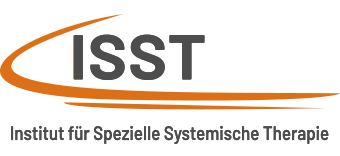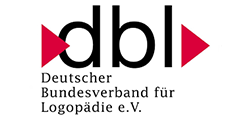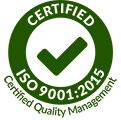A prospective randomized clinical study in children
During a six-month period, 45 patients aged between 3.9 and 16.9 years were prospectively examined at three-month intervals in the Polyclinic for Orthodontics at the University Medical Center Hamburg-Eppendorf. All patients had multiple orofacial dysfunctions requiring treatment at the beginning of the study. The patients were randomized into a non-apparative myofunctional therapy group [MFT group] (n = 19 patients) and an apparative FaceFormer therapy group [FFT group] (n = 26 patients). The MFT group served as the control group, while the FFT group was the study group. Both groups were comparable in terms of age, gender and severity of dysfunction. The findings, which were carried out at three-month intervals, were based on a standardized examination form for patients with orofacial dysfunctions [90] and a functional examination form. The lip competence, breathing mode, articulation, lip habits, swallowing pattern and lip strength were diagnosed. On the basis of the available test results, it was determined that harmonization of orofacial dysfunctions is possible with the help of both functional therapy concepts. During the observation period of six months, FaceFormer therapy proved to be more efficient than myofunctional therapy in speech therapy practices.
Establishing of nasal breathing

![stdn-050-01[1] Myofunktionelle Therapiegruppe (MFT)](https://isst-unna.de/wp-content/uploads/2024/03/stdn-050-011-320x258.jpg)
![stdn-050-02[1] FaceFormer-Therapiegruppe (FF)](https://isst-unna.de/wp-content/uploads/2024/03/stdn-050-021-320x258.jpg)
![stdn-050-03[1] Myofunktionelle Therapiegruppe (MFT)](https://isst-unna.de/wp-content/uploads/2024/03/stdn-050-031-320x258.jpg)
![stdn-050-04[1] FaceFormer-Therapiegruppe (FF)](https://isst-unna.de/wp-content/uploads/2024/03/stdn-050-041-320x260.jpg)
![stdn-050-05[1] Lippenkraft der Vergleichsgruppen](https://isst-unna.de/wp-content/uploads/2024/03/stdn-050-051-320x257.jpg)
![stdn-050-06[1] Myofunktionelle Therapiegruppe (MFT)](https://isst-unna.de/wp-content/uploads/2024/03/stdn-050-061-320x258.jpg)
![stdn-050-07[1] FaceFormer-Therapiegruppe (FF)](https://isst-unna.de/wp-content/uploads/2024/03/stdn-050-071-320x256.jpg)










